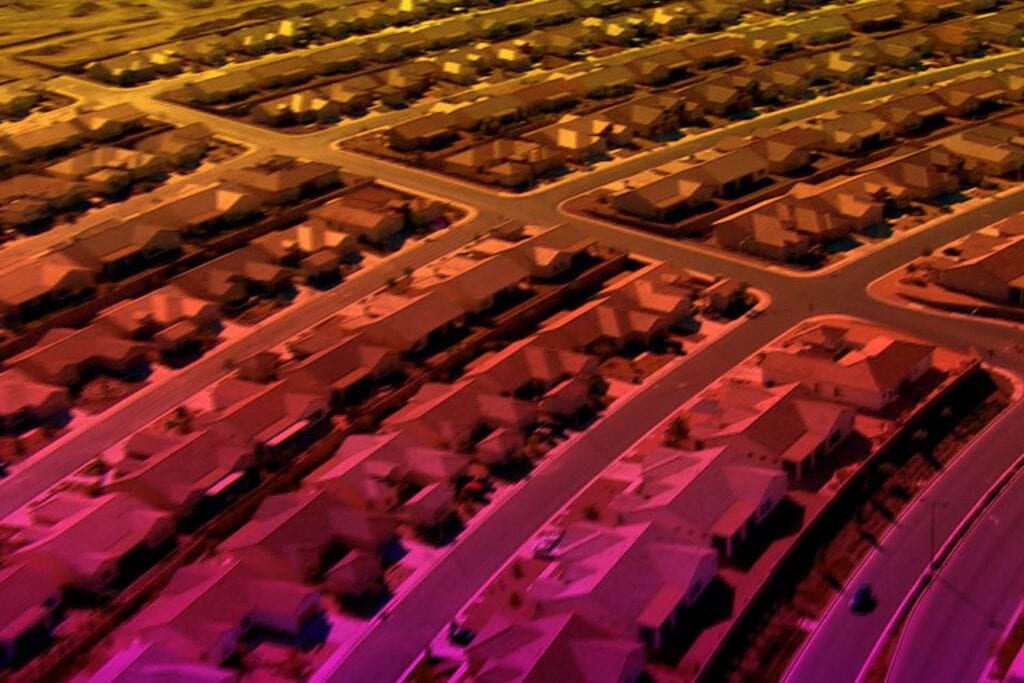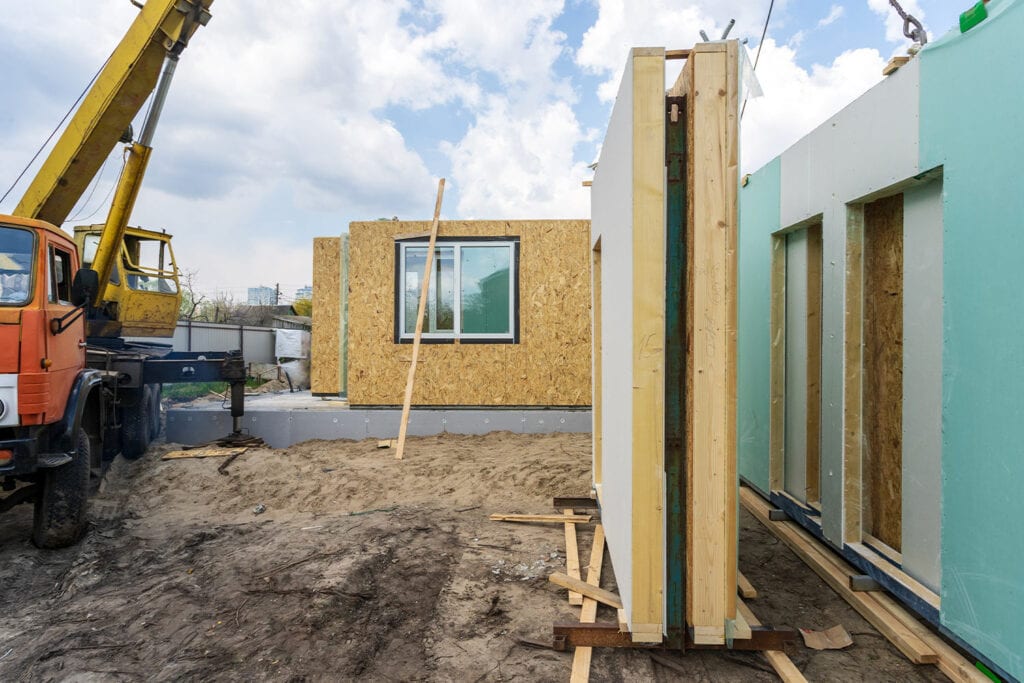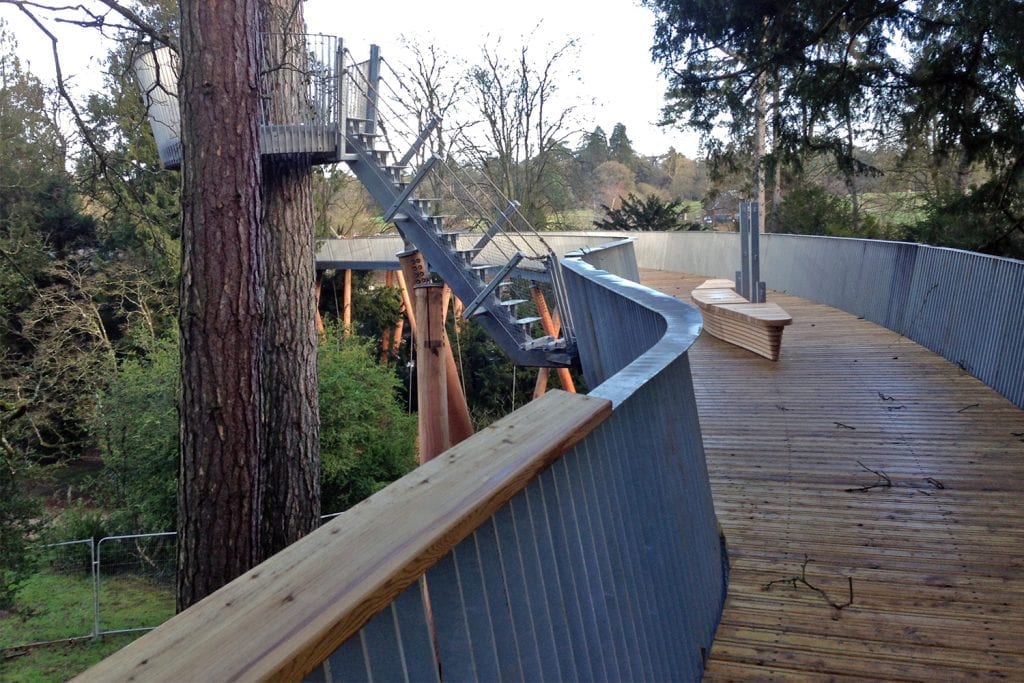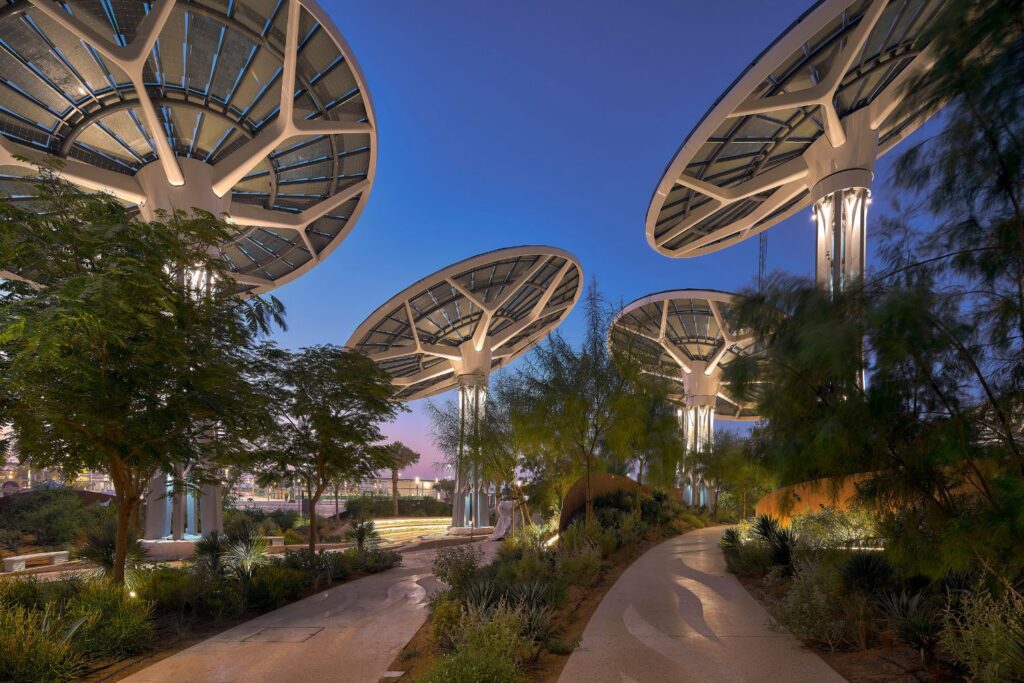Is timber the most sustainable building material?
Timber is often considered to be the most sustainable building material within the construction industry. With a low embodied carbon footprint, it can be used to maximise a project’s green credentials.
However, what do we actually mean by sustainable building design? Certainly, timber is the only mainstream construction material that can claim to be almost infinitely renewable. Its production is part of a life cycle that, in principle, can be regenerative.
The life cycle of timber
The elemental constituents of the material are obtained by the tree, through a natural process which works on a timescale ranging from decades to centuries. In comparison to the elemental constituents of steel and concrete, which are created on a timescale longer than the history of humanity, timber is a more sustainable and readily accessible building material. The source of steel and concrete materials is finite, whereas timber is infinitely renewable.
The tree sequesters carbon from carbon dioxide (CO2) in the atmosphere as it grows, and stores it for a finite period before it re-releases it back into the cycle. Therefore, any statistics quoting embodied carbon dioxide equivalent (CO2e) values for timber – which include sequestration – need to be carefully caveated.
The timber used in the construction has only diverted carbon from the main cycle temporarily. The structure is only storing the carbon in a similar way to a tree, albeit in a state of stasis rather than in the living tree.

Rethinking timber design
Timber can play a significant role in delivering a structure that makes efficient use of energy and resources. This aligns with the principles of sustainability within building design. However, as with all construction materials, timber must be used in an appropriate manner. Incorporating timber in a structure will not in itself, guarantee a sustainable outcome.
When used in the wrong way, timber can in fact result in a less sustainable outcome than using steel or concrete in a building’s design and construction. Timber has significant positive attributes outside the considerations of embodied carbon, including reduced construction time and minimised labour costs.
- Timber is simple to machine onto elements with great accuracy
- Large components are relatively light
- Timber can be moved efficiently and connected quickly
- Construction time on site is reduced dramatically
- The workforce required to erect the structure is relatively small
- The mass of the structure is lower which saves material in the foundations, unlocks difficult sites or allows additional stories.
As with any technology, material or process, the wider context needs to be considered. In the interrelated web of design decisions, questions about geometry are likely to offer the biggest gains.
Adopt sensible spans, and you will have made the single most effective and worthy step towards a more sustainable outcome. Then, turn to your palette of construction materials, choose the most appropriate one(s) and continue to tailor the design to get the most out of them.
A whole life approach and depth of knowledge are the two most important factors in realising a design outcome that is truly and consistently effective. When viewed in the context of Gartner’s Hype Cycle (research on innovations and trends), these are properties that will avoid the rarefied air of the “peak of inflated expectations” and the depression of the “trough of disillusionment”. Instead, the fertile soil of the “plateau of productivity” will make both the design outcome and process sustainable.










